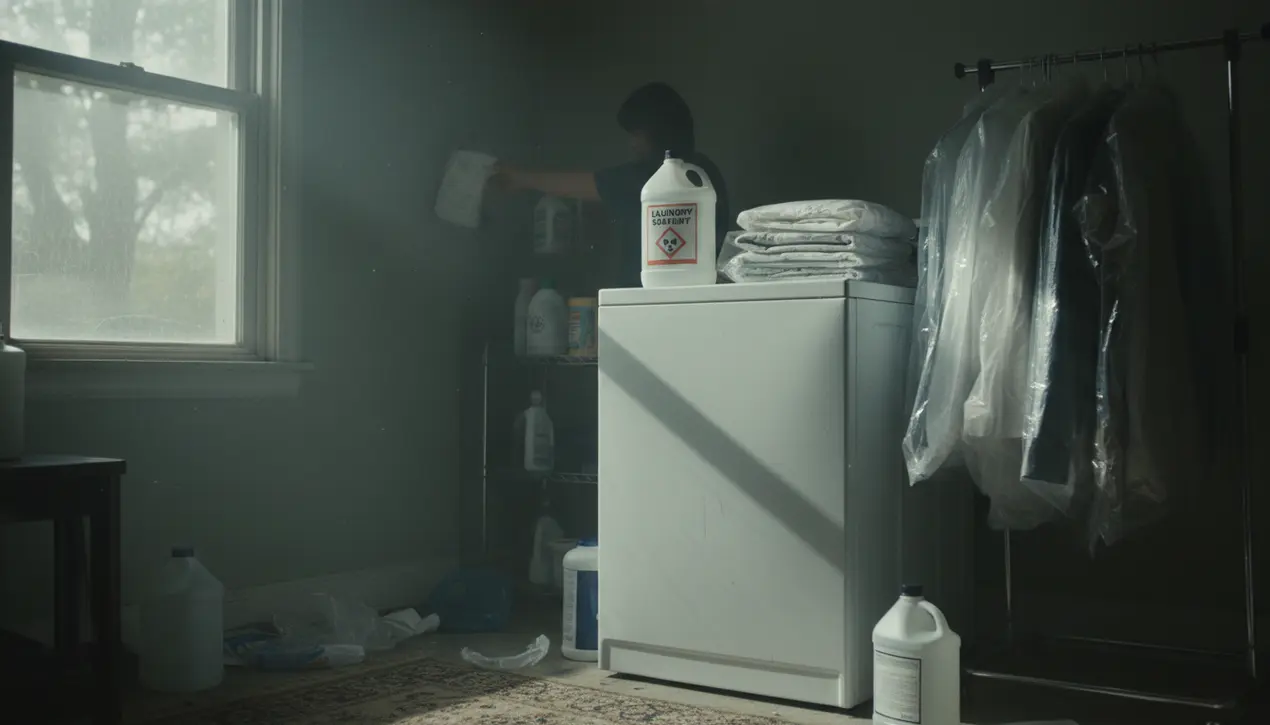- News
- medicine
- Common household chemical exposure triples risk of severe liver scarring, new research indicates

SciencemedicinePublic Health
Common household chemical exposure triples risk of severe liver scarring, new research indicates
RA
Rachel Adams
3 hours ago7 min read
A groundbreaking study has identified tetrachloroethylene (PCE), a chemical commonly found in dry-cleaning fluids and various household products, as a significant independent risk factor for severe liver disease. The research reveals that individuals with PCE exposure face triple the risk of developing liver cirrhosis compared to unexposed populations.This elevated risk persists regardless of alcohol consumption or obesity-related liver conditions, establishing PCE as a primary standalone threat to liver health. The chemical's widespread presence in our environment—contaminating air and groundwater from industrial sites and off-gassing from products like paint strippers, adhesives, and fabric protectors—creates chronic low-dose exposure scenarios affecting millions.This situation parallels historical public health challenges with substances like lead and asbestos, where health impacts emerged decades after widespread use. The liver's detoxification systems become overwhelmed processing PCE, generating toxic metabolites that trigger oxidative stress, inflammation, and activation of scar-forming cells.Environmental health experts are urging regulatory reevaluation of PCE, advocating for stricter usage controls and enhanced remediation of contaminated sites. The findings highlight the need for greater public awareness, improved product labeling transparency, and accelerated adoption of safer alternatives across multiple industries.
#featured
#tetrachloroethylene
#liver disease
#environmental health
#chemical exposure
#dry cleaning
#household toxins
Stay Informed. Act Smarter.
Get weekly highlights, major headlines, and expert insights — then put your knowledge to work in our live prediction markets.
Related News
Comments
Loading comments...
© 2025 Outpoll Service LTD. All rights reserved.








